|
|

If you visit Lake Kawaguchi, you might as well visit Lake Saiko or Lake Sai, a short bus ride away. There are a number of tourist attractions like ice caves and bat caves.
|
|
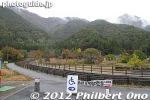
Decided to visit Saiko Iyashi-no-Sato Nenba, an outdoor museum of thatched-roof houses. It is one of the stops on the tourist bus circuit. 西湖いやしの里根場
|
|
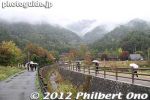
There are five lakes at the northern foot of Mt. Fuji known as Fuji Goko (富士五湖). They are easily accessible by bus from Shinjuku, Tokyo, taking 2-3 hours for around 4,000 yen round trip.
|
|
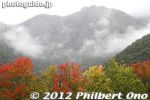
On 2010, Lake Saiko garnered national attention when the native species kunimasu, a type of salmon or black kokanee, thought extinct for 70 years, was discovered in the lake.
|
|
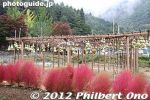
Gourd garden at Lake Saiko's Saiko Iyashi-no-Sato Nenba.
|
|
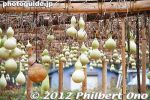
Gourds growing at Saiko Iyashi-no-Sato Nenba. I was soon to find out why they are growing these gourds. (Not for eating.) Whenever I see gourds, it reminds me of Hawaiian hula because they are used as hand drums.
|
|

About Saiko Iyashi-no-Sato Nenba. There used to be a real village here until it was destroyed by a typhoon. Residents moved away, and the village was reconstructed with thatched-roof homes. The museum opened in 2006.
|
|
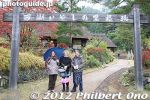
Entrance to Saiko Iyashi-no-Sato Nenba.
|
|

There are mostly tourist souvenir shops selling food and local crafts. One house sold ancient mochi (dark and red colored) and had an irori fireplace. Another house rented samurai armor and kimono to dress up in for only 500 yen.
|
|

In 1966, a big typhoon bringing heavy rains caused a mudflow that destroyed the homes here, killing 94 residents. The entire settlement was destroyed so the survivors moved to the opposite side of the lake.
|
|
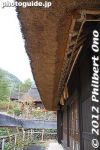
In 2006, they opened this outdoor museum as a testament to the old villagers here. Over the years, they expanded and added more houses. There are now 20 houses.
|
|
|
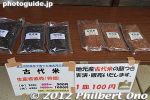
Ancient varieties of rice.
|
|
|
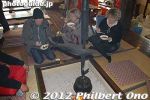
A house with an irori where we could have tea and sweets.
|
|
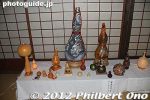
The gourds grown here are used for decorative purposes.
|
|
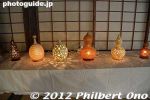
The gourds grown here are used for decorative purposes. Saiko Iyashi-no-Sato Nenba, Lake Saiko, Yamanashi.
|
|
|
|
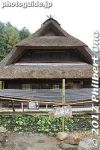
Wasabi garden.
|
|
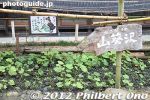
Growing wasabi with very clean water at Saiko Iyashi no Sato Nenba.
|
|

Saiko Iyashi-no-Sato Nenba, Lake Saiko, Yamanashi.
|
|
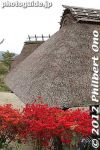
Saiko Iyashi-no-Sato Nenba, Lake Saiko.
|
|
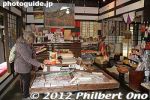
Souvenir shop.
|
|
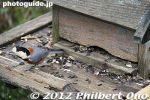
Bird house.
|
|
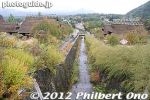
The outdoor museum is not huge, but big enough to spend a good amount of time. On clear days, it gives good views of Mt. Fuji.
|
|
|
|
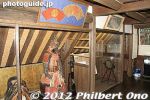
2nd floor of this house had woodblock prints.
|
|
|
|
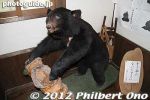
Stuffed bear
|
|
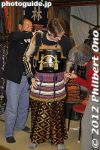
This house rented samurai armor and kimono to dress up in for only 500 yen.
|
|
|
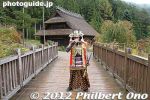
They allow you to walk around like this.
|
|
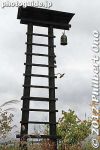
Fire watch tower.
|
|
|
|